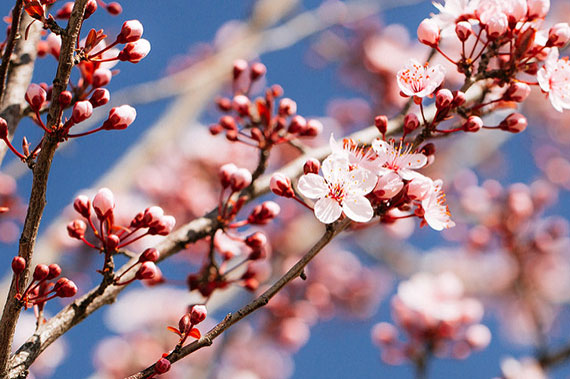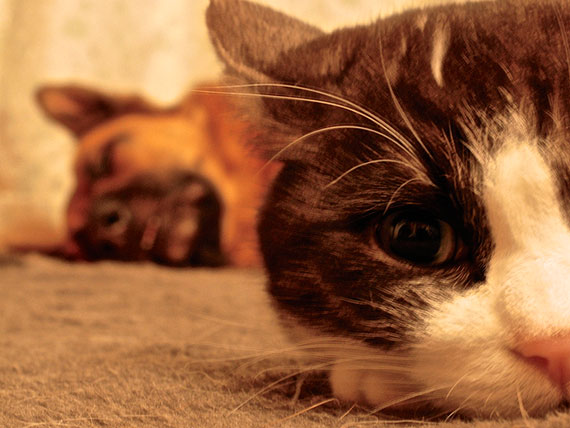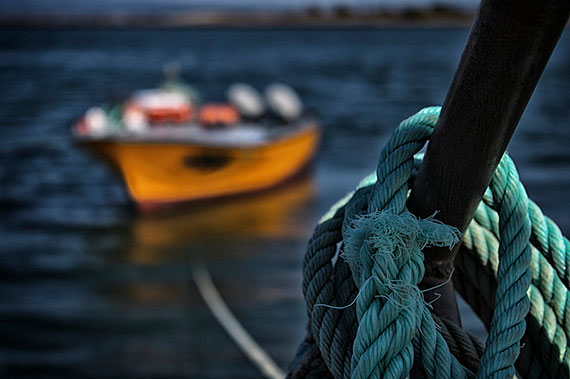One the most fundamental techniques necessary to really to master creative photography is depth of field. It was always a bit of a mystery to me because of the link to aperture and understanding all those back to front f-numbers. I think it was more of a mental block, though, because it’s actually quite easy to grasp.

Photo by Jose Maria Cuellar; ISO 100, f/5.0, 1/250-second exposure.
Creatively you are able to do more with your photography and as you learn digital photography you will find using depth of field key to great images. You can use it to blur out backgrounds while the subject remains pin sharp or to create an image perfectly in focus from front to back, as in great landscape photos.
1. What is depth of field?
It’s quite simple. It’s the amount of a scene that is in focus in front of your point of focus or behind it. Depth of field is more simply understood as depth of focus: how much of the image is in focus. A lens can only focus at one point which is the sharpest, most in focus point in the photo. But what you can do by using depth of field is to control the perceived zone of focus. This will differ when shooting different subjects or scenes.
Now, there are three main factors that affect depth of field. Firstly, the aperture you are using, secondly the focal length of the lens, and thirdly the focusing distance. All of these will impact the depth of field. Each of these will affect depth of field, so in order to control it effectively it’s necessary to master each one of them.
2. Focal length
When shooting an image using a 28mm wide angle lens at, say, f/5.6 you will see a much greater depth of field as compared to a 400mm at the same aperture. When using different lenses understand what the impact will be so that you can creatively use the resulting depth of field.
3. Aperture
On a lens you have possible apertures ranging from f/1.2 all the way up to f/32, and each of these lens openings will have an effect on depth of field. If shooting on the extremes, like f/32, you’ll find that it results in quite a considerable difference than when you shoot at f/2.8. Then when shooting using the mid-range numbers the depth of field will again be different. An aperture of f/2.8 will have a very shallow depth of field while f/32 will show sharp focus throughout the whole image.

Photo by Jimmy B; ISO 400, f/10.0, 2.5-second exposure.
4. Focusing distance
How far you are to the point of focus is another factor to consider. When using any lens, the depth of field will increase the further the focusing distance. If you focus on an object three meters away, and if you focus on something 300 meters in the distance, the depth of field will be greater. So in other words, when the subject is far away from the camera there will be a greater depth of field and more of the image will be in focus.
5. When to use depth of field
Most of us have taken landscape images where most of the scene is in focus. This is true when you’re shooting scenes of fields and trees and boats on the sea. The way in which this is achieved is by setting your aperture to a higher number, e.g. f/11 and above, which means a smaller aperture opening. Virtually the whole scene from foreground to background is in focus. But this changes when choosing a wider aperture opening or a small f-number on the lens. Here you would only use this setting to shoot something you want to isolate such as a face in a portrait. The background gets blurred out and the face is in crisp focus. You would also use this when shooting close-ups of flowers or animals in a zoo where you don’t want to see the background or the bars or fence in the foreground.

Photo by Tiago Pinheiro; ISO 100, f/5.6, 1/500-second exposure.
So, as you can see, depth of field is really quite simple. Blurred out backgrounds use a large aperture and landscapes that need to be in focus from foreground all the way through to the background use a small aperture. The key as you learn digital photography is to experiment with all settings and then practice, practice, practice!
About the Author:
Wayne Turner has been teaching photography for 25 years and has written three books on photography. He has produced 21 Steps to Perfect Photos; a program of learner-based training using outcomes based education.
- - - - - - - - - - - - - - - - - - - - - - - - - - - - - - - - - - - - - - - - - - - - - - - - - - - - - - - - - - - - - - - - - - - - - - - - - -
Did you appreciate this newsletter? Please help us keep it going by Joining Our Patreon Supporters
What are your thoughts on this article? Join the discussion on our Facebook Page
PictureCorrect subscribers can also learn more today with our #1 bestseller: The Photography Tutorial eBook
- - - - - - - - - - - - - - - - - - - - - - - - - - - - - - - - - - - - - - - - - - - - - - - - - - - - - - - - - - - - - - - - - - - - - - - - - -
The post Photography Depth of Field appeared first on PictureCorrect.
from PictureCorrect https://ift.tt/vdW5R0l
via IFTTT






0 kommenttia:
Lähetä kommentti